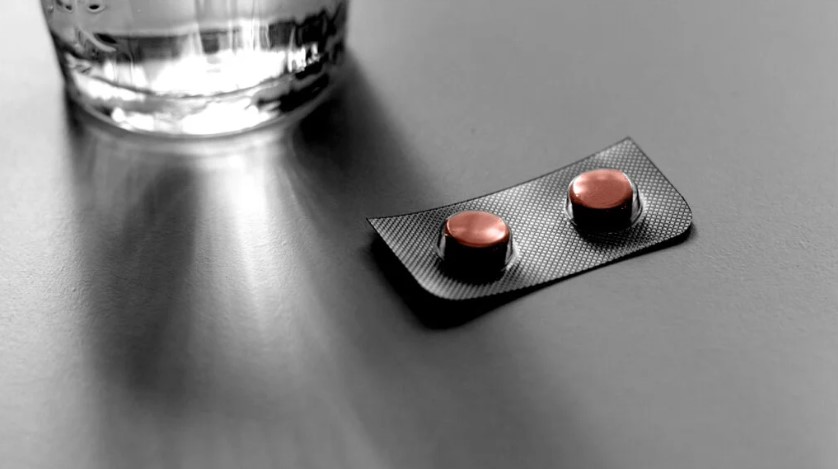Commonly Used Heart Drugs Show Potential in Reducing Cognitive Impairment After Lacunar Stroke, New Trial Reveals

Strokes continue to plague the United States, with nearly 800,000 individuals falling victim to this debilitating condition each year, as reported by the Centers for Disease Control and Prevention (CDC). Among these cases, ischemic strokes, caused by arterial blockages in the brain, account for a staggering 87%. Within this category, approximately 25% are identified as lacunar strokes, affecting the small arteries deep within the brain. The consequences of a stroke are grave, leading to brain damage, long-term disability, and even death.
However, a recent breakthrough in stroke research brings a glimmer of hope. A groundbreaking trial has unveiled that two widely prescribed and affordable drugs exhibit the potential to reduce thinking and memory problems in individuals who have experienced a lacunar stroke. Published in the esteemed journal JAMA Neurology, the study sheds light on the positive impact of isosorbide mononitrate (ISMN) and cilostazol in mitigating cognitive impairment and enhancing quality of life post-lacunar stroke.
ISMN and cilostazol, both commonly used in the treatment of heart and circulatory disorders, served as the focal points of this trial. ISMN, sold under various brand names such as Ismo, Monoket, or Imdur in the United States, is typically prescribed to alleviate angina pectoris and heart failure. This drug works by releasing nitrogen oxide, which dilates blood vessels, thus restoring healthy blood flow. On the other hand, cilostazol (marketed as Pletal) is prescribed to individuals with peripheral artery disease, aiding in relieving intermittent claudication—a condition marked by pain and cramping during walking due to insufficient blood flow in the legs. Like ISMN, cilostazol dilates arteries, improving blood circulation.
Over the course of a year, researchers administered ISMN and cilostazol separately and in combination to individuals who had experienced a lacunar stroke. The control group received only standard stroke prevention treatment. The results were remarkable. ISMN demonstrated improvements in cognitive skills, memory, and overall quality of life while also reducing the risk of recurrent strokes during the one-year follow-up. Cilostazol, when administered individually, showcased positive effects on mood and independence. However, the most significant impact was observed when the two drugs were combined. Participants receiving the combination therapy exhibited similar improvements to those on individual drugs, but the overall effects were notably enhanced.
According to Dr. Adam G. Kelly, an associate professor of neurology and neurosurgery at the University of Rochester Medical Center, who was not directly involved in the study, “Overall, the investigators found that both agents individually and the two collectively were safe and well tolerated, and that there were some potential signs of benefits in terms of risk of recurrent vascular events and cognitive impairment, particularly with combination therapy.”
The underlying mechanisms behind the cognitive benefits of these drugs lie in their potential to stabilize vascular endothelium, which is vital in reducing cognitive impairment and dependence following a lacunar stroke caused by cerebral small vessel disease (CSVD). Dysfunction in the endothelium, the innermost lining of blood vessels, plays a significant role in the pathophysiology of stroke, particularly those resulting from blockages in small blood vessels within the brain. By improving endothelial function, ISMN and cilostazol may lower the risk of small vessel strokes.
While this trial was relatively small and classified as a phase 2 study, its outcomes hold great promise. Dr. Kelly emphasized that if these positive effects are replicated in larger-scale trials, ISMN and cilostazol could become valuable components of post-stroke therapy. He noted, “The hope is that these medications could be offered to patients with lacunar-type (small vessel) strokes and further lower their risk of recurrent events. Small vessel disease is also felt to be a contributor to vascular cognitive impairment, and these medications may also have a role in preventing this.” Dr. Kelly further highlighted the advantages of using these drugs, stating, “As the authors note, both ISMN and cilostazol have been approved and used for years, so [we] have a fairly good sense of their safety profiles and potential to interact with other drugs, and both are relatively inexpensive.”
The implications of these findings are significant for stroke patients on their road to recovery. Dr. Steven Allder, a consultant neurologist at Re:Cognition Health who was not involved in the study, commented, “If a full trial confirmed these results, a whole new area of post-stroke prevention would have opened up. These medications would be relevant to a large proportion of stroke patients.”
With an impressive retention rate of 99% and good adherence to the study drugs, the trial demonstrated the safety and tolerability of ISMN and cilostazol in the post-stroke setting. The reduction in recurrent stroke risk, cognitive impairment, and dependence observed in participants receiving the drugs is encouraging, hinting at the potential for improved outcomes and a better quality of life for those affected by lacunar strokes.
As the study focused on lacunar strokes specifically, further research is needed to explore the efficacy of these drugs in other stroke types. However, the positive outcomes of this trial lay a solid foundation for future investigations and provide hope for stroke patients worldwide.
In conclusion, the trial’s findings offer a glimmer of hope for individuals who have experienced lacunar strokes. ISMN and cilostazol, two commonly prescribed drugs for heart conditions, have shown promise in reducing cognitive impairment and improving quality of life in post-stroke patients. While larger-scale trials are necessary to confirm these findings, the potential benefits of these medications could significantly impact stroke prevention and recovery strategies. The positive outlook presented by these results opens up new possibilities in post-stroke care, paving the way for enhanced treatments and improved outcomes for those affected by lacunar strokes.


